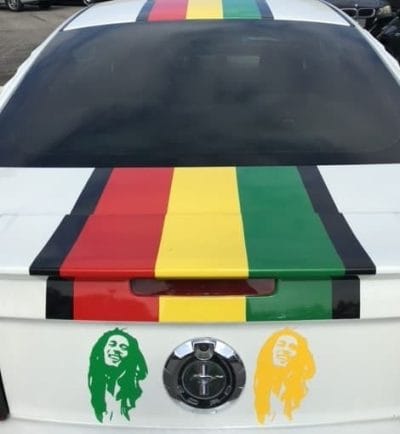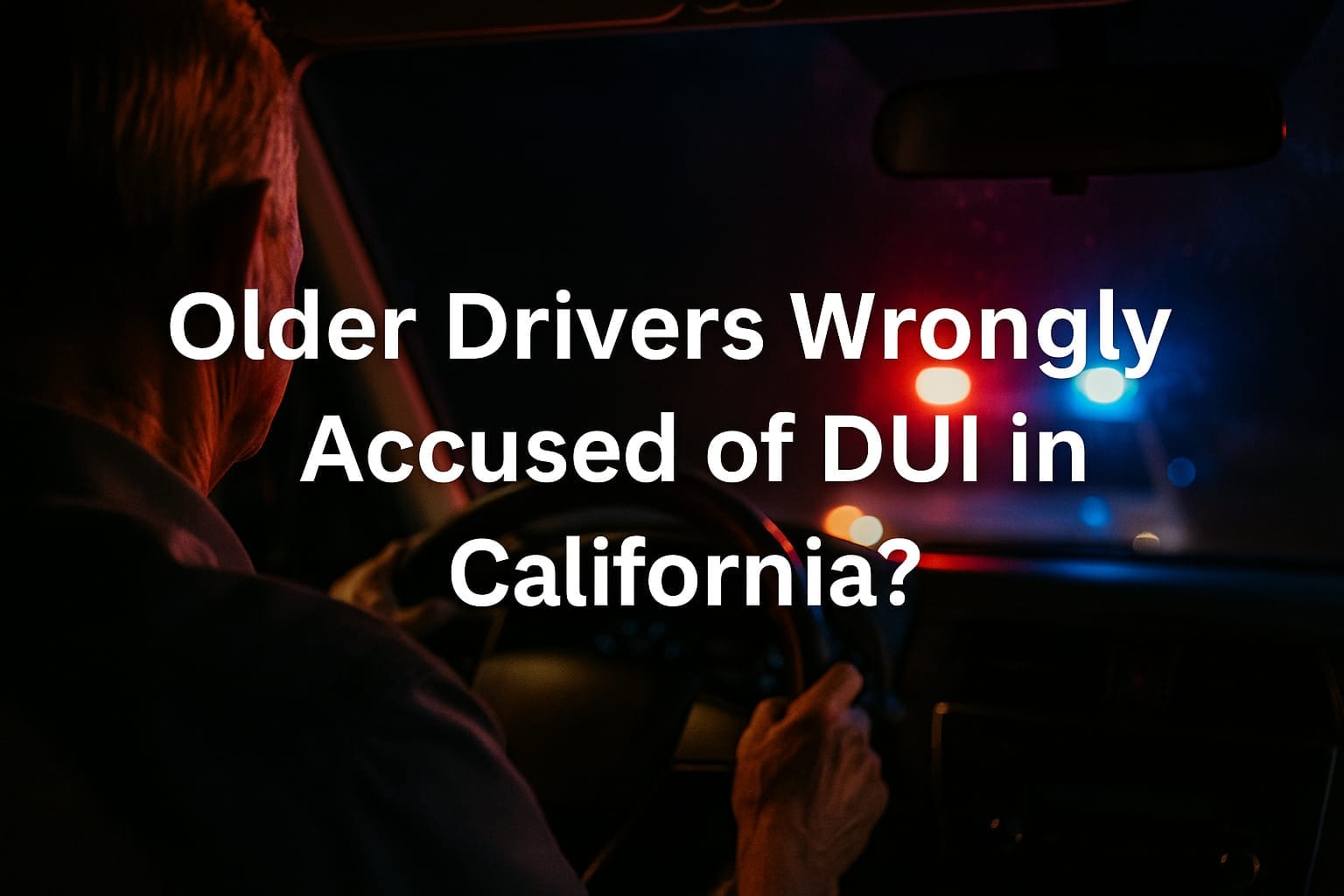Marijuana DUI – Facts and FAQs
If you drive a vehicle under the influence of THC, you could be arrested for drug impaired driving or a marijuana DUI.1
Frequently Asked Questions:
- Is it illegal to drive high in California?
- Can you get a DUI for weed?
- Can you get a DUI for driving high?
- How long to wait after smoking to drive?
- How long does marijuana affect your driving ability?
Although it seems to be legal now, it is illegal in California:
- to smoke marijuana while driving a car, and
- for a passenger to smoke marijuana while riding in a car2
- to possess an open container of cannabis while driving3
- to possess, while driving a motor vehicle upon a highway … a receptacle containing cannabis … which has been opened or has a seal broken, or loose cannabis flower not in a container4
However, it is legal if you are 21 years old and older to possess and transport cannabis in an amount, not more than 28.5 grams.5
Possessing and transporting up to 28.5 grams of cannabis in a car is legal.6 But, you can still get a Marijuana DUI if you drive under the influence.
Health and Safety Code section 11362.1 says that “no conduct deemed lawful by this section shall constitute the basis for detention, search, or arrest.”
In July 2017, Richard P. Compton wrote “Marijuana-Impaired Driving” sponsored by the National Highway Traffic Safety Administration.
Compton notes, “the primary psychoactive substance in marijuana is delta-9-tetrahydrocannabinol (THC).” However, “THC is one of over 500 known compounds in the cannabis plant, including more than 80 other cannabinoids.”
Any compound found in the blood with the same molecular weight or molecular formula can cause a false positive. THC and non-active CBD have the same molecular weight and the same molecular formula. This is called isobaric interference.
Compton cites a 2007 publication, Human Cannabinoid Pharmacokinetics, by Marilyn A. Huestis. In that piece, the author notes,
“Cannabis sativa contains over 421 different chemical compounds, including over 60 cannabinoids …”
This may be the reason the plant is also referred to as 420.
However, according to “Development and Validation of a Reliable and Robust Method for the Analysis of Cannabinoids and Terpenes in Cannabis,” by Giese, M.W., M.A Lewis, L. Giese, and K.M. Smith, published in the Journal of the Association of Official Agricultural Chemists International,
“As of 2014 there have been over 545 different chemical compounds found in the cannabis plant. … Cannabis is a highly variable plant and the cannabinoid content of the flowers is very inhomogeneous. In one study of seven identical cannabis plants grown indoors beside each other, the range of total cannabinoids was from 12 to 25 percent. … The variation in THC within the plant is greater than the variability between plants.”
How does THC get into the human body?
How long after smoking weed can you get a DUI? How long does marijuana affect your driving ability?

Researchers refer to the absorption, distribution, and elimination of a drug such as THC as the drug’s pharmacokinetics.
Compton’s report explains the difference between how the human body metabolizes alcohol compared to THC. This is how we know THC stays in your system for up to 30 days:
“While ethyl alcohol is readily soluble in water, and hence blood, THC is fat soluble. This means that once ingested, THC is stored in fatty tissues in the body and can be released back into the blood sometimes long after ingestion. Some studies have detected THC in the blood at 30 days post ingestion (Heustis, 2007). Thus, while THC can be detected in the blood long after ingestion, the acute psychoactive effects of marijuana ingestion last for mere hours, not days or weeks.”
No one can predict a proper absorption and elimination curve for marijuana as it relates to THC levels.
Researchers do not know the residual THC levels in the blood from prior use.
Researchers do not know THC tolerance of marijuana users.
Morris Odell showed that there is no good way to know a person’s THC level. He discussed this in his 2015 study. The study is titled “Residual Cannabis Levels in Blood, Urine, and Oral Fluid After Heavy Cannabis Use.”
THC is absorbed into the body, typically by smoking. It can also be vaporized or eaten. It is distributed by way of blood. THC is then eliminated or metabolized (like the drug alcohol) by the liver.
THC is metabolized into active 11-OH-THC (Hydroxy THC) aka 11-hyrdroxyΔ9-tetrahydrocannabinol – the main active metabolite of THC.
11-OH-THC (Hydroxy THC) is converted into THC-COOH (Carboxy THC) aka 11-nor-9-Carboxy-THC, 11-nor-9-carboxy-Δ9-tetrahydrocannabinol, and eliminated in urine.
Researchers measure THC in nanograms (one-billionth of a gram) per milliliter of blood (ng/ml).
If blood test results show THC in my blood can I still fight a Weed DUI?
A study published in the Journal of Forensic Sciences, “Cannabinoids in Blood and Urine after Passive Inhalation of Cannabis Smoke,” has this to say:
“The main conclusion is presently that the demonstration of cannabinoids in blood or urine is not unequivocal proof of active cannabis smoking. Therefore, the results of laboratory tests in this field, which might have both legal and other important consequences, should be interpreted with great caution.”
Does Marijuana Make You Too Impaired To Drive?

According to the report to Congress sponsored and funded by the Federal Government, NHTSA:
“An interesting finding from this research is that after smoking marijuana, subjects in most of the simulator and instrumented vehicle studies on marijuana and driving typically drive slower, follow other cars at greater distances, and take fewer risks than when sober.”
“This study of crash risk found a statistically significant increase in unadjusted crash risk for drivers who tested positive for use of illegal drugs (1.21 times), and THC specifically (1.25 times). However, analyses incorporating adjustments for age, gender, ethnicity, and alcohol concentration level did not show a significant increase in levels of crash risk associated with the presence of drugs. This finding indicates that these other variables (age, gender ethnicity and alcohol use) were highly correlated with drug use and account for much of the increased risk associated with the use of illegal drugs and with THC.” Page 8, Drug and Alcohol Crash Risk, February 2015, NHTSA, Compton and Benning.
In a report that was described as “the largest and most comprehensive study to address alcohol and drug crash risk in the United States through a case-control study design”7 the authors determined that with the adjusted odds ratio for delta-9-THC “there was no significant contribution to crash risk” and8 “no increased or decreased crash risk.9
Sadly, these facts likely won’t stop you from getting arrested for and charged with driving under the influence of marijuana.
The War on Drugs
We all know that it was Richard Nixon who declared the first “war on drugs” in the late 1960’s. Here is what John Ehrlichman, the Watergate co-conspirator and Nixon’s domestic-policy adviser, revealed in 1994:
“The Nixon campaign in 1968, and the Nixon White House after that, had two enemies: the antiwar left and black people. You understand what I’m saying? We knew we couldn’t make it illegal to be either against the war or black, but by getting the public to associate the hippies with marijuana and blacks with heroin, and then criminalizing both heavily, we could disrupt those communities. We could arrest their leaders, raid their homes, break up their meetings, and vilify them night after night on the evening news. Did we know we were lying about the drugs? Of course we did.”10
Call The Law Office of Richard Wagner at (714) 721-4423 for a Free consultation.
AUTHORITIES
1 Vehicle Code Section 23152(f) or 23153(f) aka DUI Drugs.
2 Health & Safety Code § 11362.3(a)(7) & (8).
3 Health & Safety Code § 11362.3 (a)(4),
4 Vehicle Code § 23222 (b)(1).
5 Health & Safety Code § 11362.1 (a)(1) (Proposition 64).
6 People v. Shumake, (2019) 45 Cal. App. 5th Supp. 1.
7 Lacey, J., et al., Drug and alcohol crash risk: A case-control study (Report No. DOT HS 812 355) NHTSA, DOT HS 812 355 (Dec. 2016), sponsored and partially funded by the National Highway Traffic Safety Administration at p. 2
8 See note 7 at p. 4.
9 See note 7 at p. i.
10 Dan Baum, “Legalize It All: How to win the war on drugs,” Harpers Magazine


